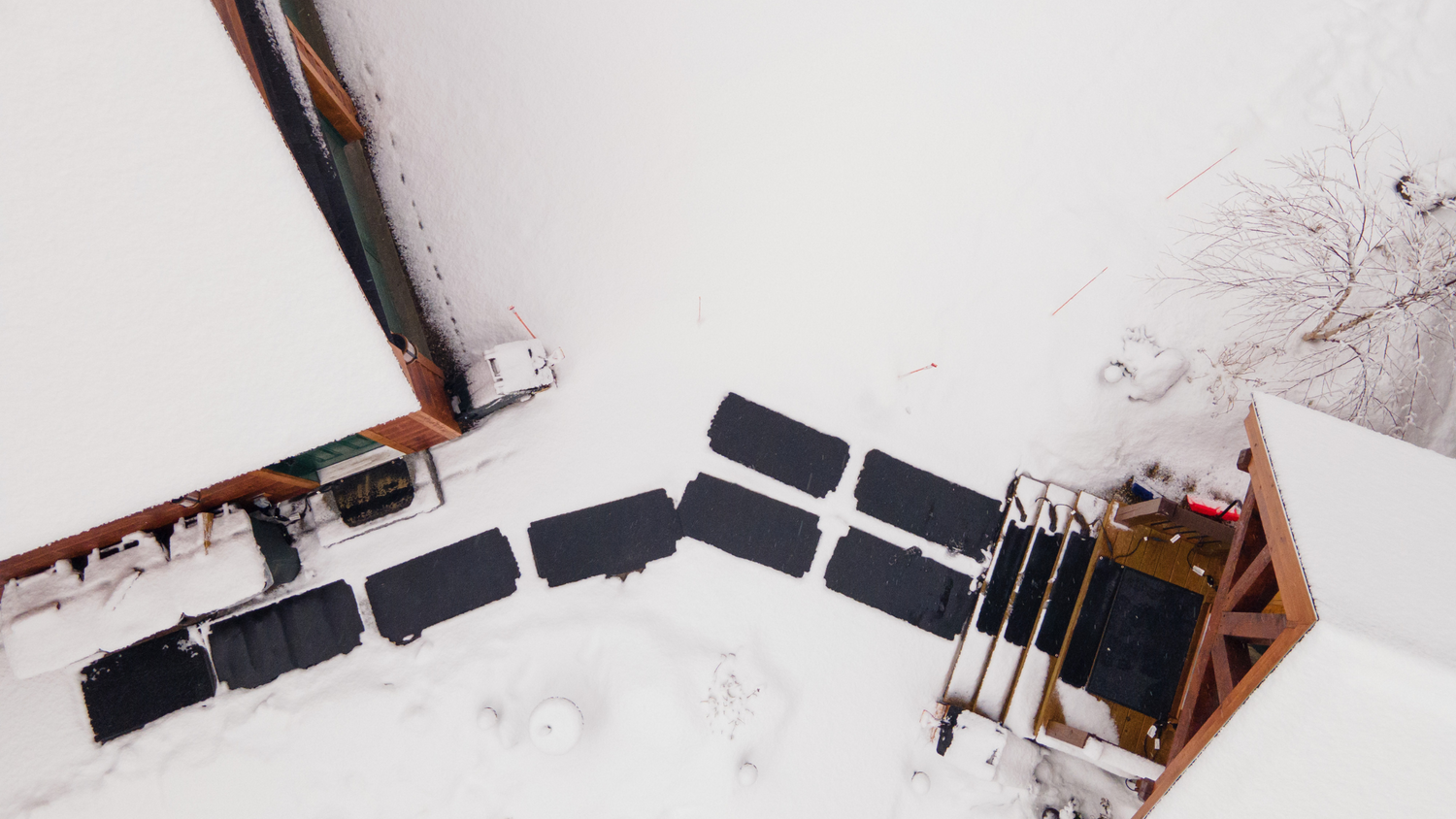During the cold months, businesses face a familiar challenge: managing snowfall and icy conditions to ensure safety. One innovative solution that's making waves is the snow melting mat, and today we'll explore whether these mats hold the key to safer, snow-free commercial spaces.
Why Consider Snow Melting Mats for Commercial Spaces?
When hundreds of individuals traverse a commercial space daily, ensuring their safety becomes paramount. Traditional methods, like shoveling or salting, are labor-intensive and not always effective. Here's where snow melting mats come into play.
Durability for High Traffic Areas: Not all snow melting mats are created equal. For example, HeatTrak PRO, HeatTrak's industrial line, utilizes a robust rubber material distinctly more durable than their residential counterparts made from thermoplastic. These are designed to handle high traffic areas with ease.
Size Matters: Commercial spaces, given their larger areas, need more expansive solutions. While residential mats offer sizes suitable for individual homes, industrial mats like those from HeatTrak PRO can cover vast walkway sections without the need for multiple connector cables. This not only ensures a continuous snow-melt zone but also minimizes potential trip hazards from multiple connectors.
Cost Efficiency: Considering the operational costs, HeatTrak mats averagely cost around $0.15 an hour. On a typical snow day with the mat running for 4-6 hours, this translates to $0.60-$0.90. Compared to manual labor costs and potential liabilities from accidents, this is a cost-effective solution for businesses.
Logistics and Functionality
Power Needs: These mats do require an electrical outlet. The number of mats plugging into a single outlet depends on the mat’s total amperage and the circuit breaker rating. It’s worth noting that while residential mats operate on 120 Volt, industrial mats have more versatility, capable of functioning on 120V, 208V, or 240V.
Automatic Control: While they can be manually controlled, there are automatic controllers available. For instance, HeatTrak offers a snow sensing controller that activates the mat when it detects moisture, and the temperature is below 38 degrees Fahrenheit.
Safety: One might wonder about the safety of having electrically heated mats outdoors. These mats come with Ground Fault Circuit Interrupters (GFCI) that shut off power if they detect any current leakage, ensuring safety. Moreover, all HeatTrak products are tested and carry the mark of the TUV, adhering to rigorous standards.
Maintenance and Storage: These mats are designed to withstand winter elements. They can remain outdoors throughout the winter, eliminating the daily hassle of rolling them up or out. In terms of longevity, turning them on for the entire winter does not wear them out. And when summer rolls around? Clean with mild detergent, air dry, and store either flat or rolled up.
Conclusion
Snow melting mats, especially those tailored for industrial use like HeatTrak PRO, are showing promise as a feasible solution for businesses. They meld safety, cost-efficiency, and durability, offering a compelling case for commercial adoption. As always, consider your specific needs, and consult with professionals to make an informed decision for your commercial space.


